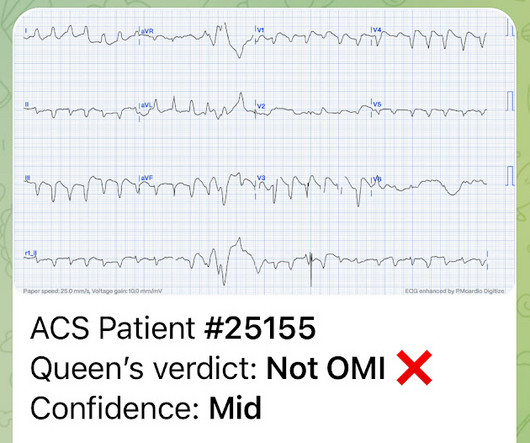SGEM#430: De Do Do Do, De Dash, Dash DAShED – Diagnosing Acute Aortic Syndrome in the ED.
The Skeptics' Guide to EM
FEBRUARY 11, 2024
Reference: McLatchie et al and DAShED investigators. Diagnosis of Acute Aortic Syndrome in the Emergency Department (DAShED) study: an observational cohort study of people attending the emergency department with symptoms consistent with acute aortic syndrome. EMJ Nov 2023. Date: February 11, 2024 Guest Skeptic: Nirdosh Ashok Kumar, Emergency Medicine Specialist – Aga Khan University Hospital, Karachi, Pakistan. […] The post SGEM#430: De Do Do Do, De Dash, Dash DAShED – Diagnosing Acute Aortic Sy


















Let's personalize your content